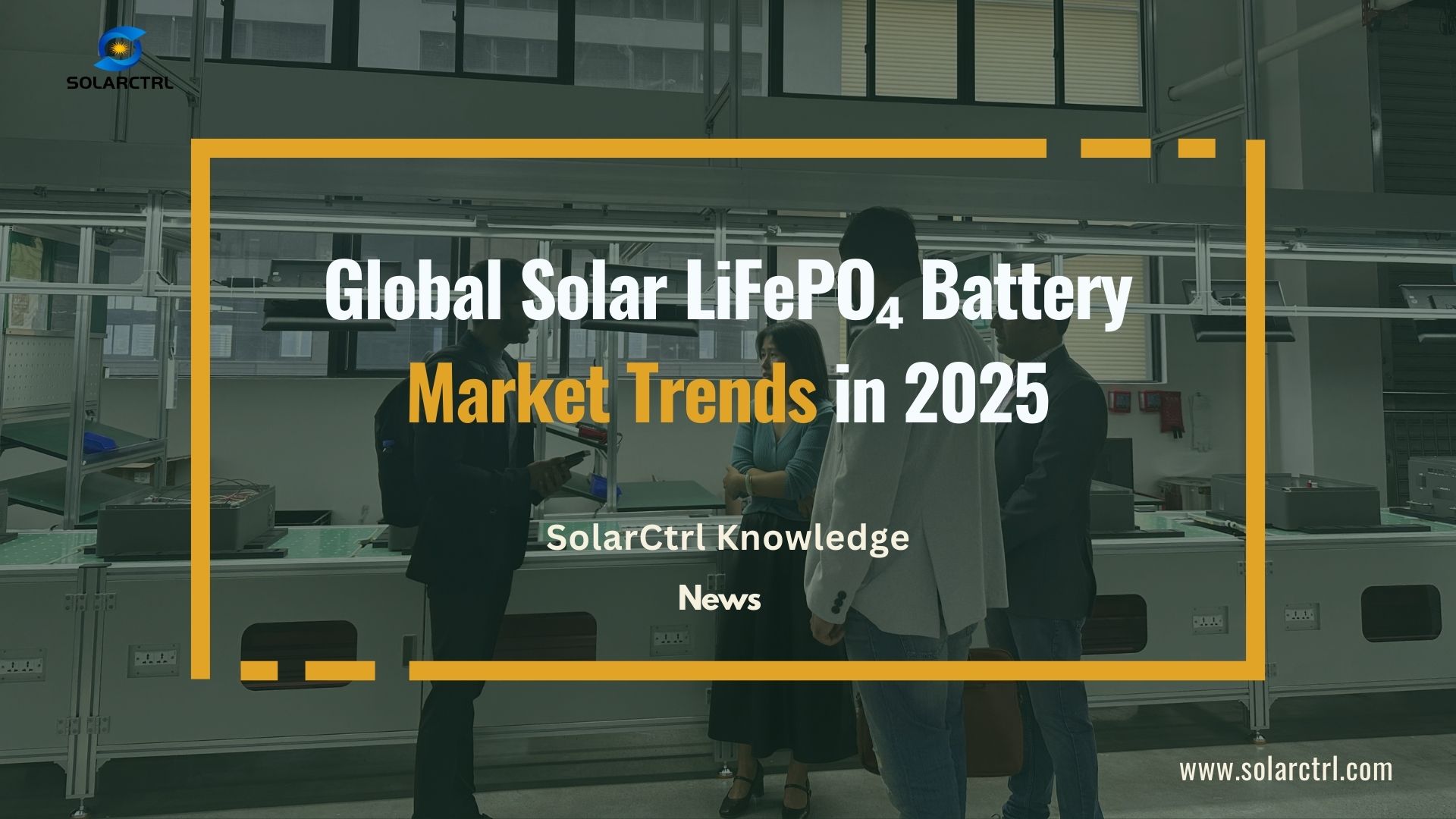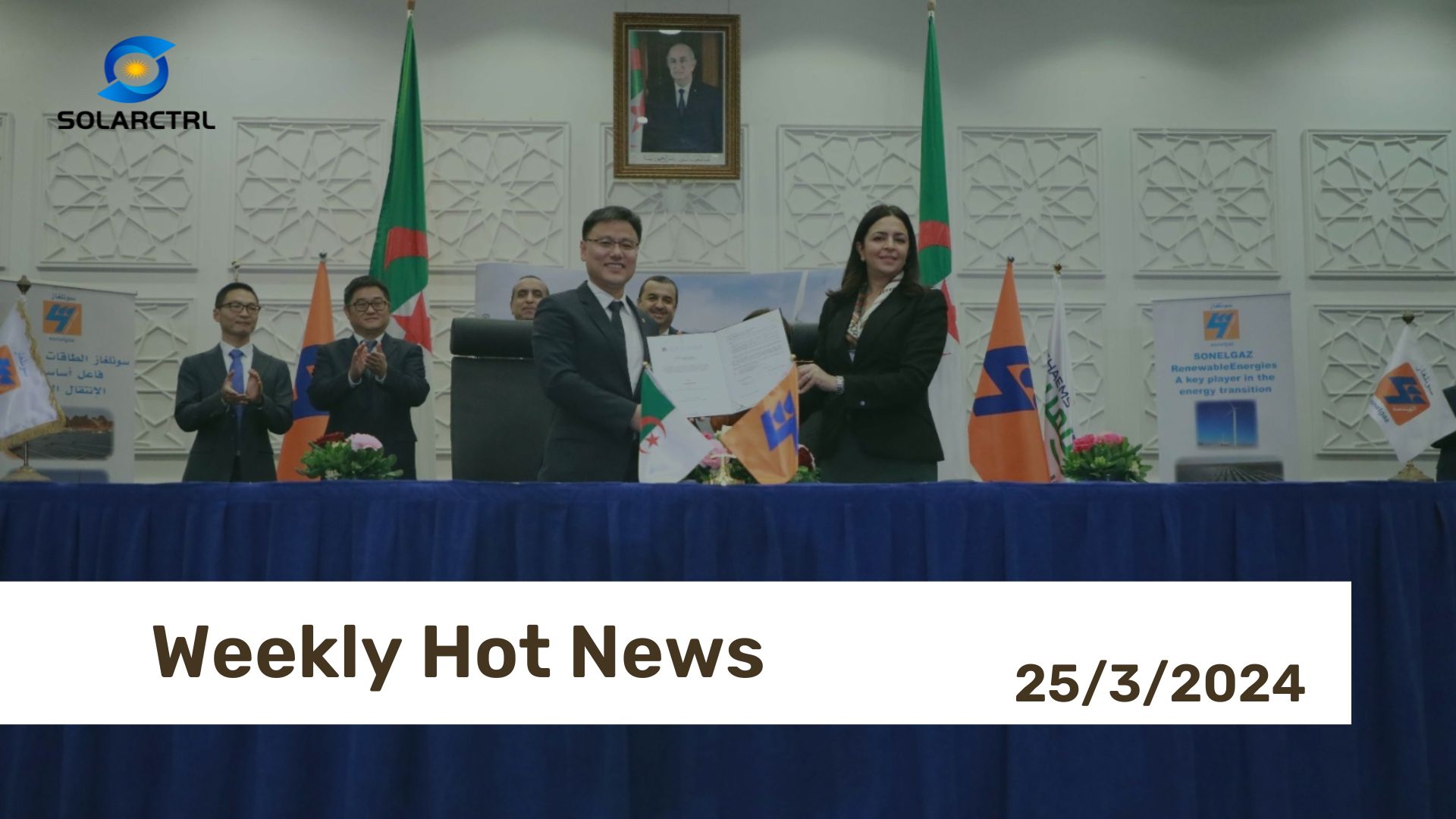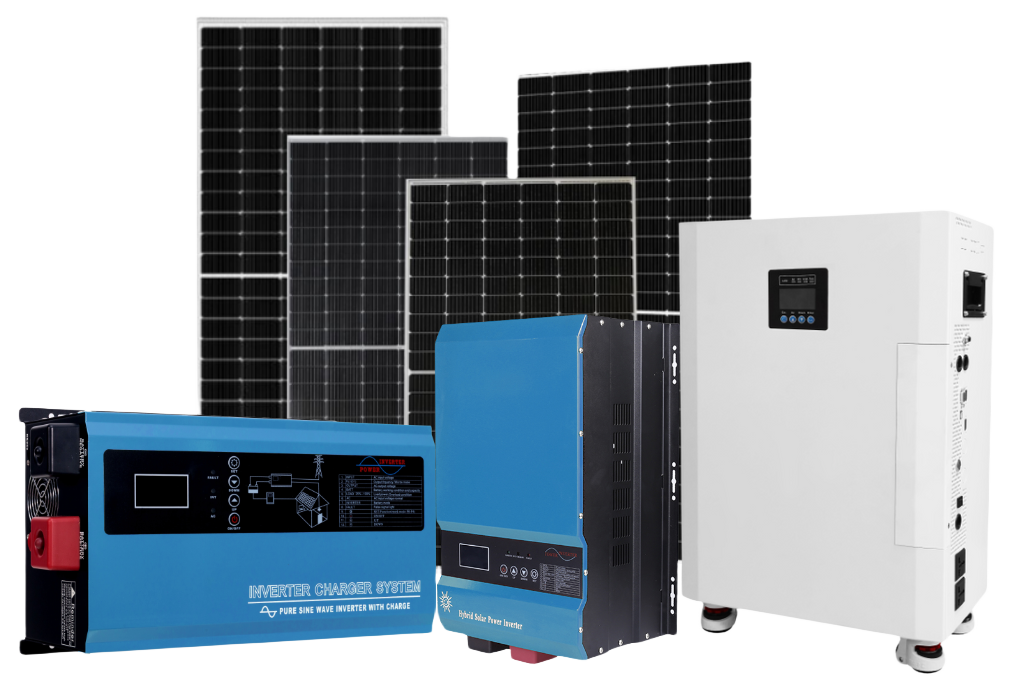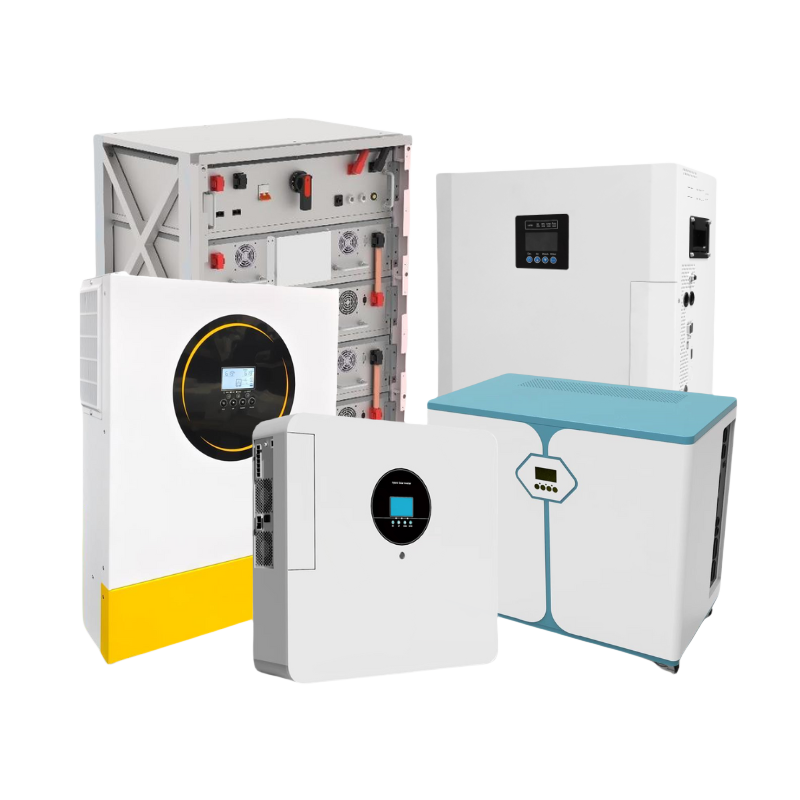Introduction
In the dynamic landscape of solar technology, the evolution of photovoltaic (PV) panel efficiency is reaching new heights, with innovations such as PERC technology, bifacial solar panels, and breakthroughs in perovskite and quantum dot solar cells. These advancements have propelled the efficiency of commercial panels well beyond the traditional 20% mark, with laboratory settings demonstrating even higher potentials.
This article delves into the latest developments in PV panel efficiency, uncovering how these technological strides are reshaping the solar energy sector, and what implications they hold for a sustainable future and solar energy consumers worldwide.

Section 1: Understanding PV Panel Efficiency
Photovoltaic panel efficiency refers to the ability of a panel to convert sunlight into electricity. The higher the efficiency, the more power can be generated from a given area of solar panels. Traditionally, solar panels have had efficiency rates ranging from 15% to 20%. However, with relentless research and development, these numbers are on the rise, heralding a new era of solar energy that is more practical and accessible than ever before.
Section 2: Recent Breakthroughs in PV Panel Efficiency
Recent technological advancements in photovoltaic panel efficiency have been particularly noteworthy. Here are some key developments:
2.1 PERC Technology
A major leap forward in solar cell efficiency, PERC (Passivated Emitter and Rear Cell) technology, distinguishes itself by incorporating a special passivation layer on the rear surface of the cell. This innovative layer is crucial in reducing electron recombination, a common issue in traditional cells, thereby enhancing the cell’s ability to convert sunlight into electricity more efficiently. As a result, PERC cells have surpassed the 20% efficiency barrier typically associated with monocrystalline silicon cells. The ongoing advancements in PERC technology signal a promising future, with the potential for even higher efficiency and a significant impact on solar energy production.
2.2 Bifacial Solar Panels
Unlike traditional monofacial solar panels that capture sunlight on only one light-absorbing side, bifacial solar panels represent a significant advancement with their ability to absorb light on both sides. This dual-sided design allows these panels to harness light not just directly from the sun, but also from light reflected off the ground or other surfaces. Consequently, bifacial panels can achieve substantially higher energy yields. They are particularly advantageous in high-reflectivity settings such as snowy landscapes and deserts, where they efficiently capture and utilize solar energy from multiple directions, thereby optimizing solar energy capture in a variety of environmental conditions. Bifacial modules are typically used in commercial or utility-scale applications.

2.3 Perovskite Stacked Cells
According to the latest certification report from the U.S. National Renewable Energy Laboratory (NREL), a crystalline silicon-perovskite stacked cell developed independently by the Chinese photovoltaic company LONGi has reached an astonishing efficiency of 33.9%, setting a new world record for the highest efficiency of crystalline silicon-perovskite stacked cells. The theoretical efficiency limit of these cells can reach up to 43%, and they are recognized as a mainstream technical solution to break through the efficiency limit of single crystalline silicon cells. The emergence of crystalline silicon-perovskite stacked cell technology has opened a new path for the development of next-generation high-efficiency solar cell technology.
2.4 Thin-Film Technologies
Thin-film technologies, encompassing the promising perovskite solar cells, remain in the experimental stages but are showing immense potential for transforming solar energy utilization. These technologies, crafted by depositing one or more thin layers of photovoltaic material onto substrates like glass, plastic, or metal, are significantly thinner than conventional crystalline silicon-based solar cells. This makes them lighter, more flexible, and suitable for a variety of applications, including building-integrated photovoltaics and semi-transparent photovoltaic glazing for windows.
Moreover, thin-film cells are produced using simpler, more scalable, and cost-effective methods, leading to lower environmental impacts compared to first-generation cells. As of 2023, some thin-film solar cells have achieved remarkable efficiencies—up to 29.1% for single-junction thin-film GaAs cells, surpassing the maximum efficiency of standard single-junction first-generation solar cells. Multi-junction concentrator cells incorporating thin-film technologies have reached efficiencies of up to 47.6%.
2.5 Quantum Dot Solar Cells
Quantum Dot Solar Cells (QDSCs) represent a cutting-edge area in solar technology research, offering the possibility of surpassing the current limitations of solar energy conversion. These cells utilize quantum dots as their primary photovoltaic material, which are unique in their ability to have adjustable bandgaps. This adjustability allows for the absorption of a wider range of energy levels from the solar spectrum, unlike bulk materials where the bandgap is fixed.
As of 2022, quantum dot solar cells have reached efficiencies exceeding 18.1%. Their potential extends to increasing the maximum attainable thermodynamic conversion efficiency of solar photon conversion to about 66%. This increase is achievable through the utilization of hot photogenerated carriers, which can produce higher photovoltages or photocurrents. This remarkable ability of quantum dot cells to harness a broader spectrum of sunlight and convert it more efficiently could redefine the standards of solar panel efficiency, opening new avenues for diverse solar energy applications.

These advancements are not just technical victories; they pave the way for achieving sustainable energy solutions. While challenges remain, the progress made thus far is a testament to the potential of solar energy.
Section 3: Real-World Implications of Increased Efficiency
The advancements in solar panel efficiency have far-reaching practical implications. With higher efficiency, solar installations become more cost-effective, providing a faster return on investment. This is particularly significant in residential and urban settings where space constraints are common. High-efficiency panels can generate more power in smaller spaces, making solar energy a practical solution for a wide range of applications. Moreover, increased efficiency can lead to reduced carbon footprints and support the global shift towards renewable energy sources, aligning with environmental sustainability goals.
Section 4: Challenges and Limitations
While the advancements in solar panel technology are promising, the industry still faces challenges such as the sensitivity of solar panels to temperature fluctuations and shading impacts. These factors can significantly affect the performance and efficiency of solar installations. Additionally, scaling up the production of high-efficiency panels in a cost-effective manner remains a significant hurdle. The industry is therefore focused on developing sustainable and economically viable solutions, such as innovative materials and manufacturing techniques, to overcome these challenges and continue advancing solar technology.

Section 5: Future Prospects and Research Directions
The future prospects for PV panel efficiency are highly optimistic, driven by continuous research and innovation. Quantum dot solar cells and multi-junction cells are at the forefront of this research, promising even higher efficiency rates. The development of these technologies is not just about improving efficiency but also about creating solar panels that are versatile and adaptable to different environmental conditions and applications. This ongoing research and development will likely lead to breakthroughs that could transform the solar industry, making solar energy more accessible and efficient than ever before.
Conclusion
The strides in PV panel efficiency mark a pivotal moment in our sustainable energy journey, highlighting the untapped potential of solar energy. As we continue to innovate, the vision of a solar-powered future grows closer. For businesses, adopting these advanced solar technologies is a strategic move towards sustainability and cost-efficiency.
At SolarCtrl, we are committed to guiding companies in leveraging these innovations to enhance their operational efficiency and sustainability profile. We invite business leaders to partner with us, exploring how our high-efficiency PV solutions can be tailored to meet specific business needs, driving towards a smarter, more sustainable future in the business world.
References:Wikipedia






















